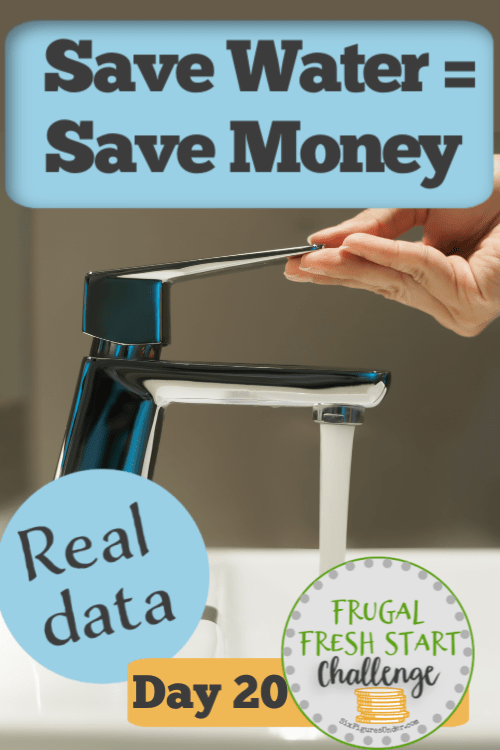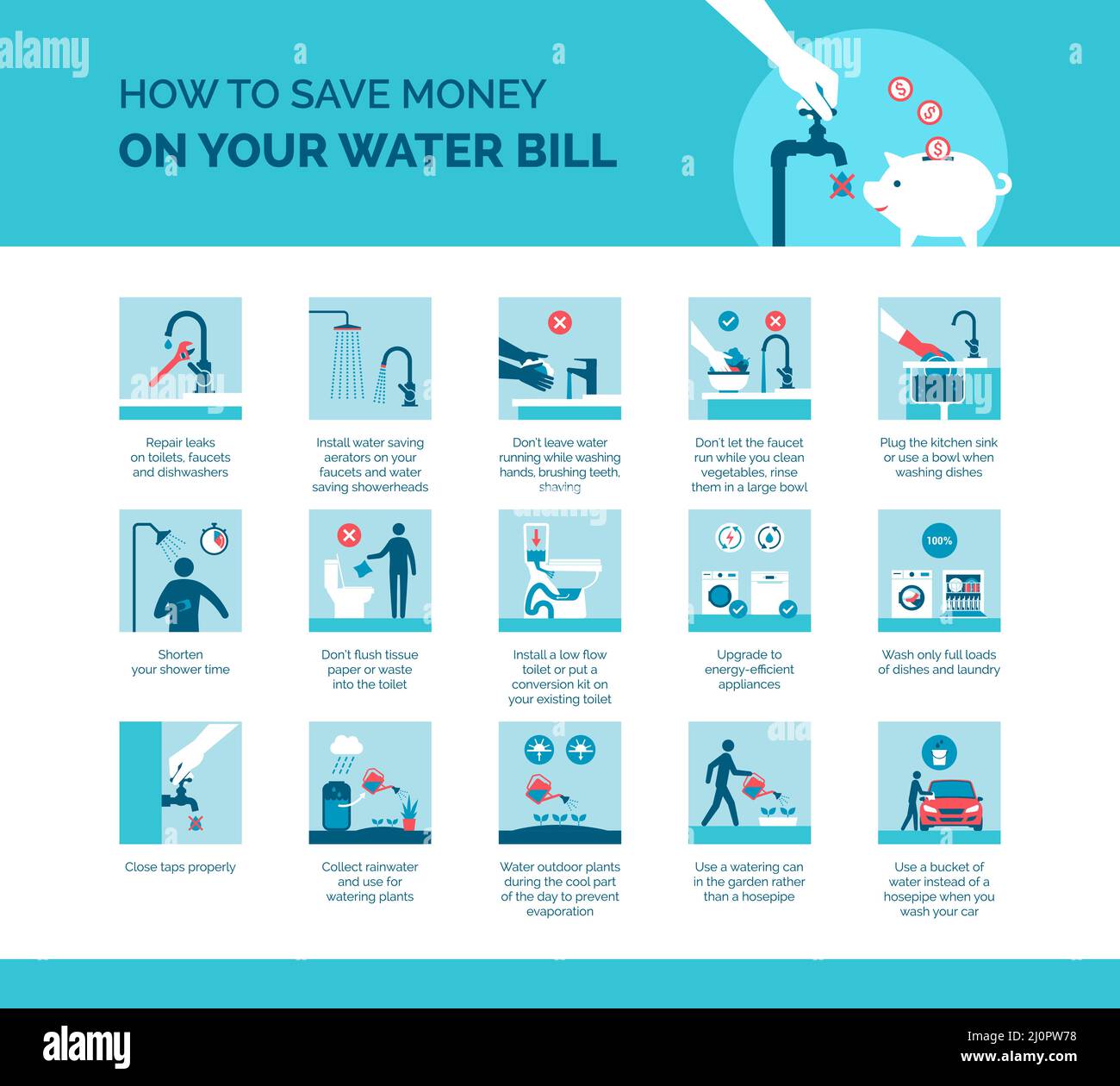Okay, so today I wanna share my experience with something I called “wales water” – don’t ask me where the name came from, it just kinda stuck. It was all about trying to wrangle some data and make it useful.

It all started when I was tasked with pulling data from a really messy database. I’m talking tables all over the place, inconsistent naming conventions, and just a general feeling of dread every time I had to touch it. My initial thought was, “Oh god, what have I gotten myself into?”
Step 1: The Reconnaissance Mission
First thing I did was dive in and try to understand the landscape. I spent a good chunk of time just poking around, using SELECT queries to see what was in each table. I also tried to figure out the relationships between the tables. It was like being an archaeologist digging through ancient ruins, trying to piece together what things were.
Step 2: Cleaning Up the Mess

The data was a mess, plain and simple. Dates were in different formats, some fields were NULL when they shouldn’t have been, and there were tons of duplicates. So, I started writing scripts to clean it all up. I used Python with Pandas library to handle the data manipulation. It was a lot of trial and error, figuring out how to best handle each specific issue. I even learned some new Pandas tricks along the way.
Step 3: Putting It All Together
Once the data was relatively clean, I started to join the tables together to get the info I needed. This involved writing some pretty complex SQL queries. I remember banging my head against the wall trying to get one particular join to work correctly. I finally figured out that I had been using the wrong key field all along. Felt pretty dumb when I realized that.

Step 4: Making It Useful
After wrangling and joining the data, the real challenge began: transforming the raw data into something meaningful and useful. The goal was to provide insights from the information.I started summarizing, grouping, and aggregating the data to highlight key trends and patterns.
Step 5: Showcasing the Results
Now that I had some interesting insights, it was time to present them in a clear and compelling way. I ended up using visualization tools to create charts and graphs that showcased the key findings. It was really satisfying to see the data come to life in a visual format.
The Takeaway
This whole “wales water” experience was a real learning curve, but I came out of it with a much better understanding of data wrangling. Sometimes, the best way to learn is just to jump in and get your hands dirty. And don’t be afraid to make mistakes – that’s how you learn!
